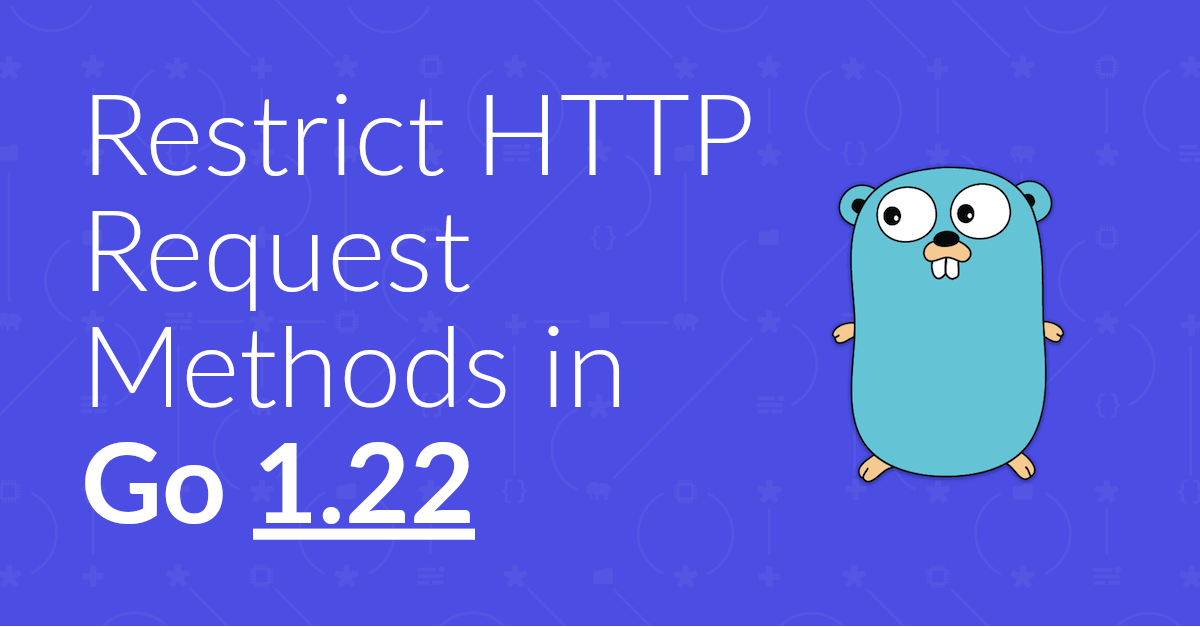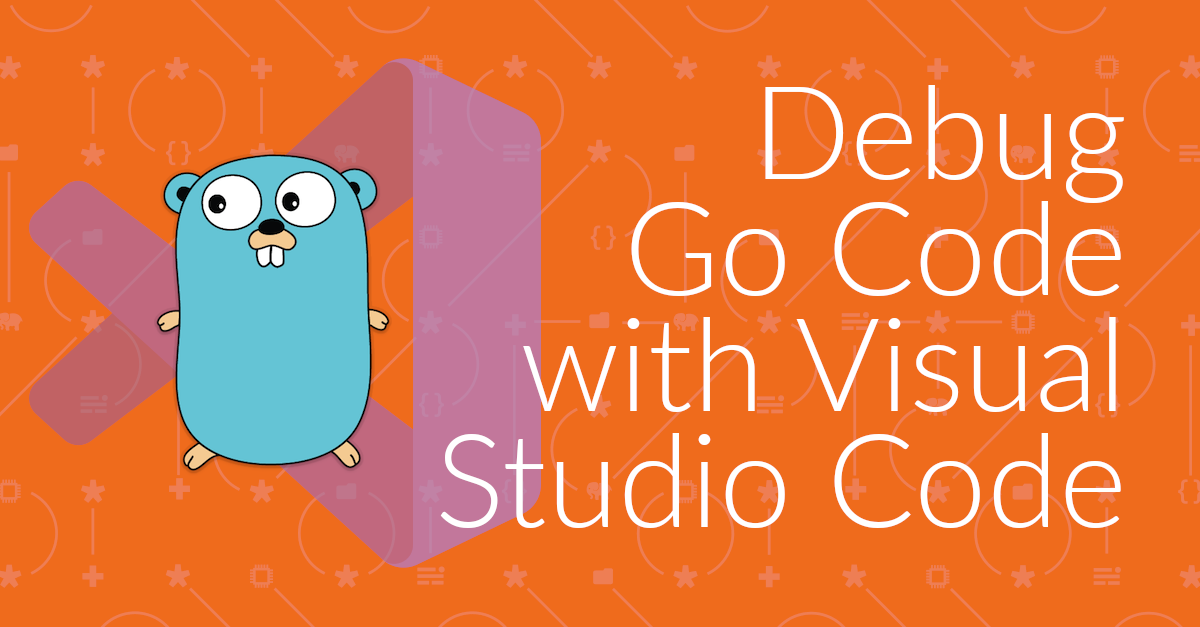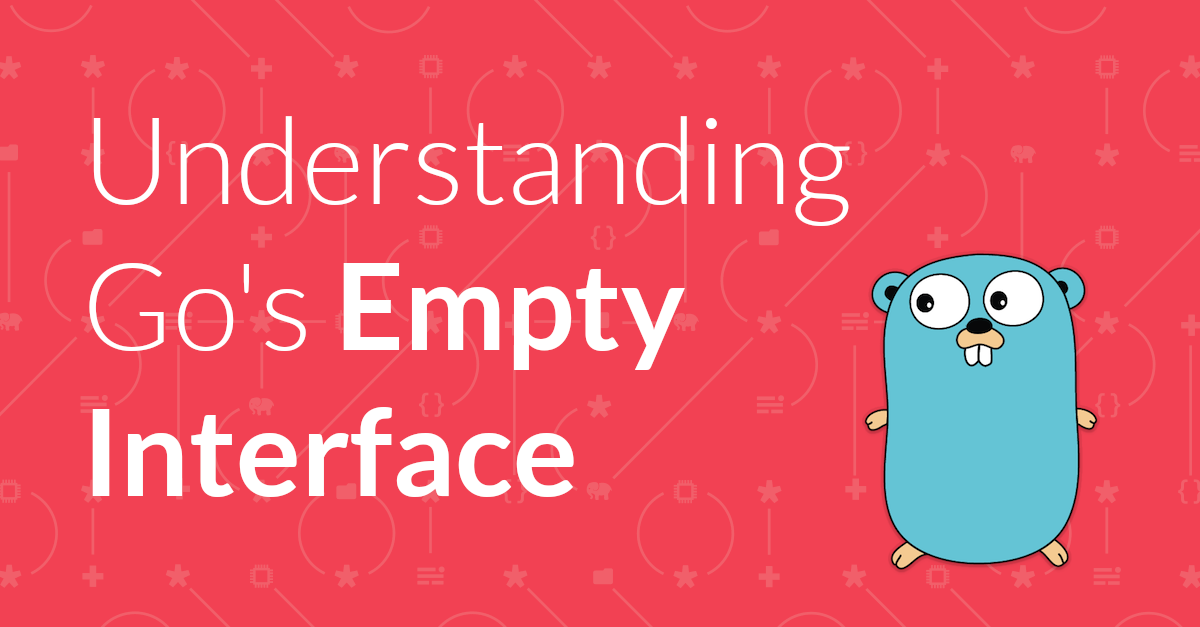
Live Reload Go Projects with wgo
Building web apps in Go is extremely rewarding. However, as Go’s a compiled language, to see changes, you need to restart the app. Needless to say that’s quite tedious! With live reloading, it doesn’t need to be.
What is go mod tidy and why you would use it? In this short tutorial you’ll get a brief introduction to what it is and see the essentials of how to use it.
Here’s what the command’s documentation has to say about it:
Tidy makes sure go.mod matches the source code in the module. It adds any missing modules necessary to build the current module’s packages and dependencies, and it removes unused modules that don’t provide any relevant packages. It also adds any missing entries to go.sum and removes any unnecessary ones.
Let’s say you’re working on a simple web app and you’ve added module support with go mod init, but you haven’t explicitly added any dependencies, yet.
Given that, go.mod would likely look similar to the following:
module flash-messages-demo
go 1.20
Then, you update the import list in one of your app’s source files such that it looks like the following:
import (
"flag"
"fmt"
"html/template"
"log"
"net/http"
"os"
"github.com/gorilla/sessions"
"github.com/joho/godotenv"
"github.com/julienschmidt/httprouter"
"github.com/justinas/alice"
)
The packages at the top of the list, from the standard library, would be available. But the final four, external, modules would not be satisfied, resulting in a broken import error.
To satisfy them, you could jump to the terminal and run go get with the four package names, as in the following example:
go get github.com/gorilla/sessions \
github.com/joho/godotenv \
github.com/julienschmidt/httprouter \
github.com/justinas/alice
This would update go.mod and create go.sum. However, it also means you have to either:
go get, potentially resulting in errors because you didn’t type the names correctly.Neither of these steps are required, though, thanks to go mod tidy.
It:
Using the four packages above as an example, you’d see the following printed to the terminal:
go: finding module for package github.com/gorilla/sessions
go: finding module for package github.com/julienschmidt/httprouter
go: finding module for package github.com/justinas/alice
go: finding module for package github.com/joho/godotenv
go: found github.com/gorilla/sessions in github.com/gorilla/sessions v1.2.2
go: found github.com/joho/godotenv in github.com/joho/godotenv v1.5.1
go: found github.com/julienschmidt/httprouter in github.com/julienschmidt/httprouter v1.3.0
go: found github.com/justinas/alice in github.com/justinas/alice v1.2.0
Then, if you looked in go.mod, it’d look similar to the following:
module flash-messages-demo
go 1.20
require (
github.com/gorilla/sessions v1.2.2
github.com/joho/godotenv v1.5.1
github.com/julienschmidt/httprouter v1.3.0
github.com/justinas/alice v1.2.0
)
require github.com/gorilla/securecookie v1.1.2 // indirect
And go.sum would look as follows:
github.com/google/gofuzz v1.2.0 h1:xRy4A+RhZaiKjJ1bPfwQ8sedCA+YS2YcCHW6ec7JMi0=
github.com/gorilla/securecookie v1.1.2 h1:YCIWL56dvtr73r6715mJs5ZvhtnY73hBvEF8kXD8ePA=
github.com/gorilla/securecookie v1.1.2/go.mod h1:NfCASbcHqRSY+3a8tlWJwsQap2VX5pwzwo4h3eOamfo=
github.com/gorilla/sessions v1.2.2 h1:lqzMYz6bOfvn2WriPUjNByzeXIlVzURcPmgMczkmTjY=
github.com/gorilla/sessions v1.2.2/go.mod h1:ePLdVu+jbEgHH+KWw8I1z2wqd0BAdAQh/8LRvBeoNcQ=
github.com/joho/godotenv v1.5.1 h1:7eLL/+HRGLY0ldzfGMeQkb7vMd0as4CfYvUVzLqw0N0=
github.com/joho/godotenv v1.5.1/go.mod h1:f4LDr5Voq0i2e/R5DDNOoa2zzDfwtkZa6DnEwAbqwq4=
github.com/julienschmidt/httprouter v1.3.0 h1:U0609e9tgbseu3rBINet9P48AI/D3oJs4dN7jwJOQ1U=
github.com/julienschmidt/httprouter v1.3.0/go.mod h1:JR6WtHb+2LUe8TCKY3cZOxFyyO8IZAc4RVcycCCAKdM=
github.com/justinas/alice v1.2.0 h1:+MHSA/vccVCF4Uq37S42jwlkvI2Xzl7zTPCN5BnZNVo=
github.com/justinas/alice v1.2.0/go.mod h1:fN5HRH/reO/zrUflLfTN43t3vXvKzvZIENsNEe7i7qA=
Now, you won’t get any import errors when trying to lint or run the code.
As someone not super-experienced with Go development and all the ins and outs of its tooling, there may be better approaches, as well as gotchas to using go mod tidy that I’m not aware of.
However, so far, I’ve found it to be a quick and handy way of ensuring that dependencies are added and removed when I update my Go source files. What about you? Do you make good use of it?

Building web apps in Go is extremely rewarding. However, as Go’s a compiled language, to see changes, you need to restart the app. Needless to say that’s quite tedious! With live reloading, it doesn’t need to be.

Restricting HTTP request methods, when working with net/http prior to Go 1.22 was a little complicated. However, that’s all changed. Now, it’s pretty trivial. In this short tutorial, I’ll show you the new approach.

Recently, I started debugging Go code using Visual Studio Code. Some minor hiccups aside, it was pretty trivial to get up and going. This is the short version of what you need to do to get started.

Recently, while working with the Twilio Lookup API, I had the opportunity to properly learn about Go’s empty interface. During the process, I realised that I didn’t understand it properly, so took the opportunity to do so. Today, I am going to step through what it is and how simple they are to work with.
Please consider buying me a coffee. It really helps me to keep producing new tutorials.
Join the discussion
comments powered by Disqus